1930s fashion exhibition opens at Sudley House
LIVERPOOL.- Sudley House is getting the Hollywood treatment with Putting on the Glitz, a glamorous 1930s fashion exhibition.
A stunning selection of 20 outfits from National Museums Liverpool’s costume collection is being displayed at the South Liverpool gallery, revealing how the glitz and glamour of Hollywood was reflected in the fashions of the period.
Visitors can expect to see an elegant exhibition, exploring 1930s fashions at their best, when women embraced more fitted styles with longer hemlines, in contrast to the loose, flapper-style silhouettes of the previous decade.
The exhibition has already proved to be a hit in Port Sunlight at the Lady Lever Art Gallery, with more than 30,000 people visiting during its four-month run, before it closed in February.
Pauline Rushton, Curator of Costume and Textiles at National Museums Liverpool, said: “The exhibition was so popular over at the Lady Lever Art Gallery - we didn’t want it to end! Being able to have it on display at Sudley House is wonderful, as it’s the perfect setting for such an elegant exhibition. We hope more people will come and see the exhibition, either for the first time, or even a second visit with the charming backdrop of Sudley. ”
Visitors who saw the exhibition at the Lady Lever Art Gallery said this of their visits: “What amazing frocks and accessories – such a glamorous period! Thank you for putting on the exhibition”
“Amazing to see the things that influence fashion and how it has changed since then. Nice music too!”
“My second visit to this fabulous exhibition – so interesting and I could come back again!”.
Exhibition highlights include:
• An evening dress that belonged to the daughter of the Chief Officer on the Titanic.
• A pearl and diamanté encrusted silk wedding dress bought from Brown’s of Chester and garments purchased from Liverpool department stores George Henry Lee & Co. and Owen Owen Ltd.
• A wonderful selection of accessories including shoes, stoles, handbags and hats, some of which were purchased by Liverpool doctor’s wife and renowned shopper Mrs Emily Tinne (1887-1966).
• A set of striking fashion illustrations which were designed for George Henry Lee & Co. by local illustrator Miss Winifred Aileen Brown (1907-1993). Born in Wallasey, Miss Brown worked as a fashion illustrator for the Basnett Street department store, later purchased by John Lewis, in the 1930s.
Fashion illustration for George Henry Lee Co by illustrator Winifred Aileen Brown. ©National Museums Liverpool.
Evening coat, George Henry Lee and Co Ltd, around 1930-1936, Merseyside, Liverpool, England. Black Silk (Velvet); White Silk (Crepe de Chine); White Fur (Angora). Gift of Dr. Alexine Tinne, 2001. Lady Lever Art Gallery collections, WAG 2001.45.22 ©National Museums Liverpool.
This coat of angora rabbit fur and silk belonged to Liverpool doctor’s wife and renowned Liverpool shopper Mrs Emily Tinne (1887-1966).
Evening dress, circa 1935. Sequins - Metal; Cotton - Net. Gift of Mr Christopher Bayliss, 2012. Lady Lever Art Gallery collections, WAG 2014.14 ©National Museums Liverpool.
Sequined evening dresses were fashionable throughout the 1920s and 1930s.
This dress belonged to Mrs Jane Moreton (née Wilde,1900-1986), daughter of the Chief Officer on the Titanic, Henry Tingle Wilde, who perished with the ship in 1912. Jane married wealthy businessman Henry Stafford Moreton. Her busy social life gave her the opportunity to wear expensive clothes.
Shoulder Cape, 1930-1939. Fur - Rabbit; Lamé - Silver. Gift of Lady Hoyar Millar, 1961. Lady Lever Art Gallery collections, 1961.246.41 ©National Museums Liverpool.
This shoulder cape belonged to Elizabeth van Swinderen (1878-1955), an American who married a Dutch diplomat.
Evening dress, around 1932-1935. Silk Satin. Gift of Miss M Mylechreest. Lady Lever Art Gallery collections, 56.99.1 ©National Museums Liverpool.
This bias-cut dress is typical of the styles first developed during the 1920s by the French designer Madeleine Vionnet. In this technique, the separate pattern pieces were cut out of the fabric on a diagonal to the direction of the threads. When the garment was sewn together, the fabric could be stretched and closely moulded to the shape of the body.
Callot Soeurs Ltd, Evening dress, 1934. Silk Brocade. Gift of Lady Hoyer Millar, 1961. Lady Lever Art Gallery collections, 1961.246.24 ©National Museums Liverpool.
Fabrics made from a mixture of silk and metal threads were often used for evening dresses during the 1930s. They caught the light and sparkled as the wearer moved.
Shoulder Cape, around 1932-1934. Feather - Cockerel. Purchased, 1956. Lady Lever Art Gallery collections, 56.173.12 ©National Museums Liverpool.
Feathered capes like this one, imitating flamingo feathers, added a touch of the exotic to outfits.
Callot Soeurs Ltd, Evening dress, 1936. Woven net; Silk - satin. Gift of Lady Hoyer Millar, 1961. Lady Lever Art Gallery collections, 1961.246.23 ©National Museums Liverpool.
An evening dress incorporating silk satin and metallic netting, made by Callot Soeurs, a French dressmaking company based in Paris.
Evening dress, 1935-1937. Rayon - crepe; Lamé - gold. Gift of Dr Joy Gordon, 1984. Lady Lever Art Gallery collections, 1984.286.3 ©National Museums Liverpool.
During the 1930s there was renewed interest in the styles of the medieval period, influenced by cinema. Films such as The Adventures of Robin Hood, starring Errol Flynn, popularised the fashions of the past.
This dress displays elements of what was imagined to be medieval style, in its shape, its batwing sleeves and the long waist sash.
Installation view. Putting on the Glitz. ©National Museums Liverpool.

/https%3A%2F%2Fprofilepics.canalblog.com%2Fprofilepics%2F1%2F0%2F100183.jpg)
/https%3A%2F%2Fstorage.canalblog.com%2F03%2F02%2F119589%2F96711876_o.jpg)
/https%3A%2F%2Fstorage.canalblog.com%2F11%2F31%2F119589%2F94773502_o.jpg)
/https%3A%2F%2Fstorage.canalblog.com%2F20%2F83%2F119589%2F94772815_o.jpg)
/https%3A%2F%2Fstorage.canalblog.com%2F26%2F72%2F119589%2F75604929_o.jpg)
/https%3A%2F%2Fstorage.canalblog.com%2F59%2F60%2F119589%2F26458628_o.jpg)

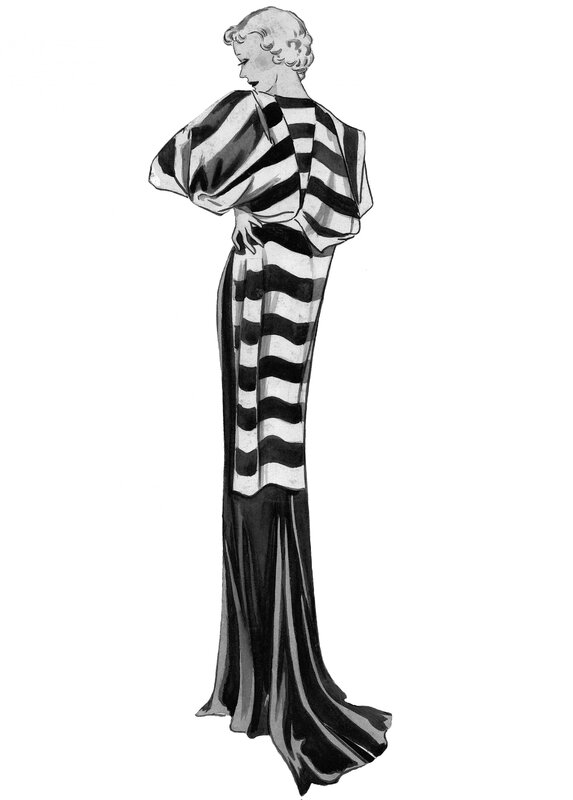
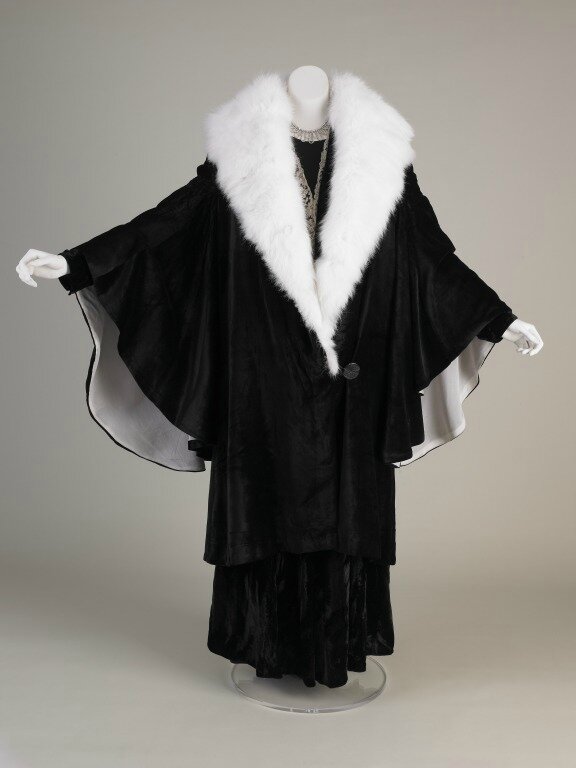
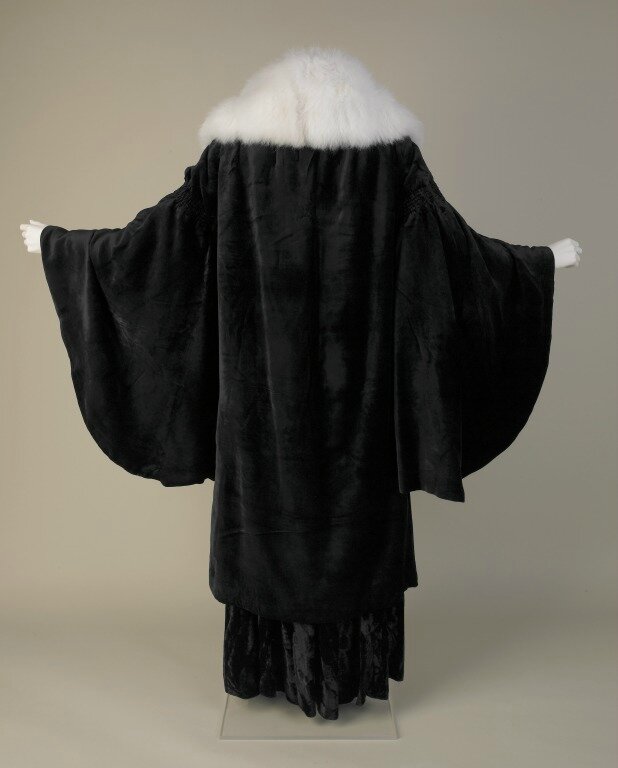


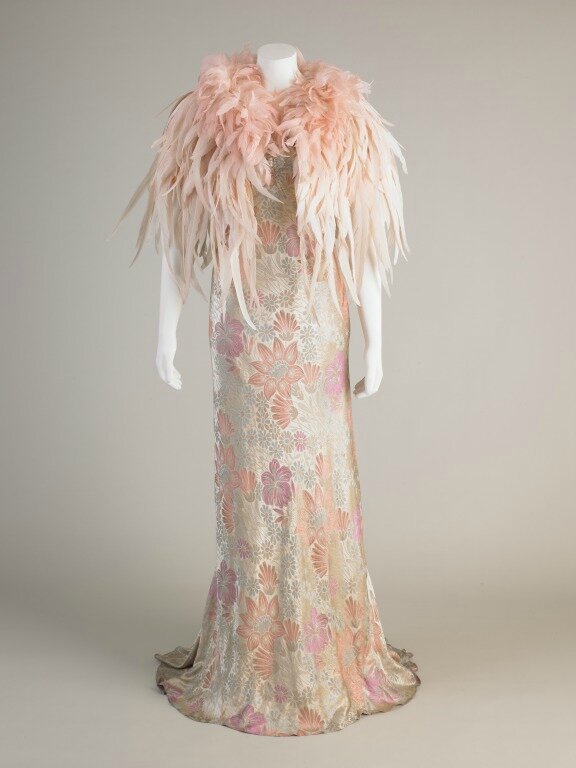

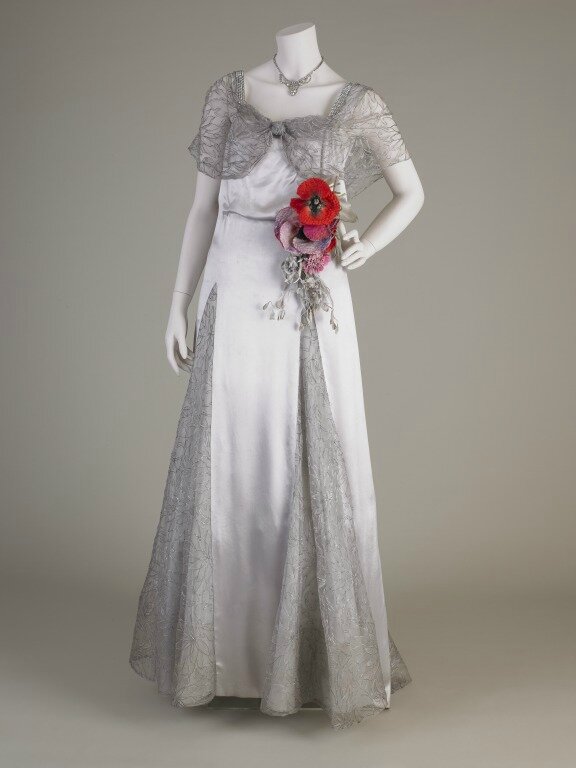
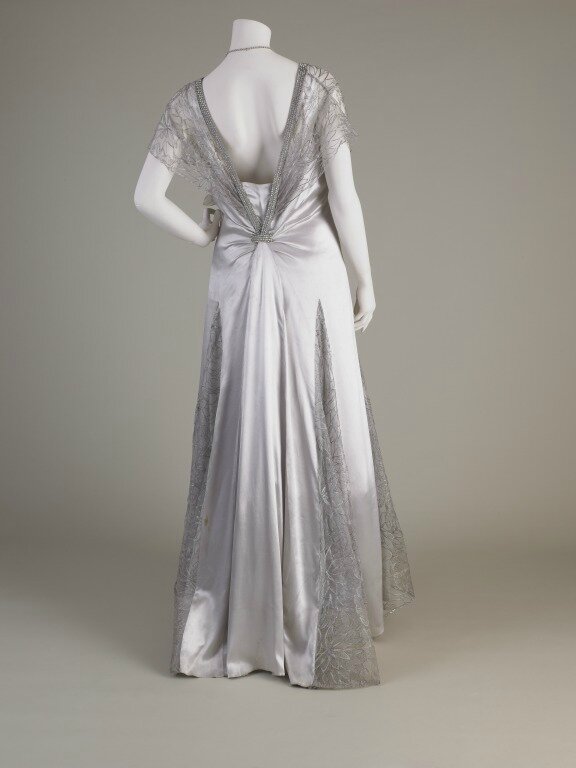
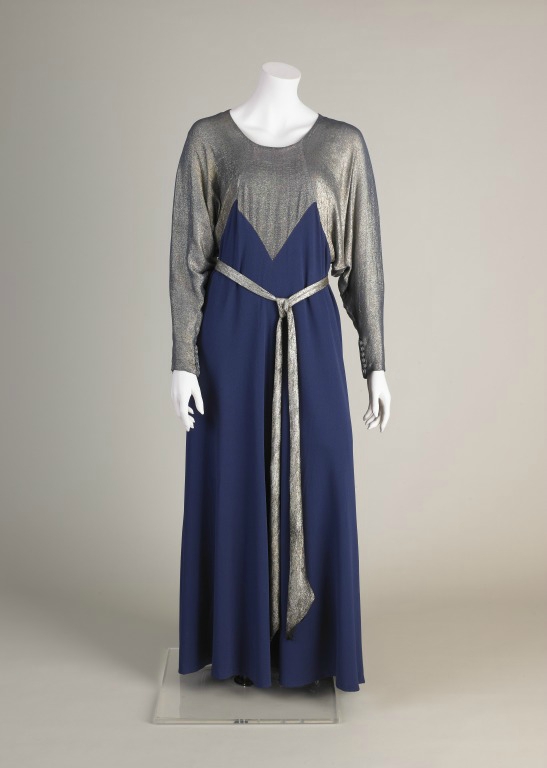
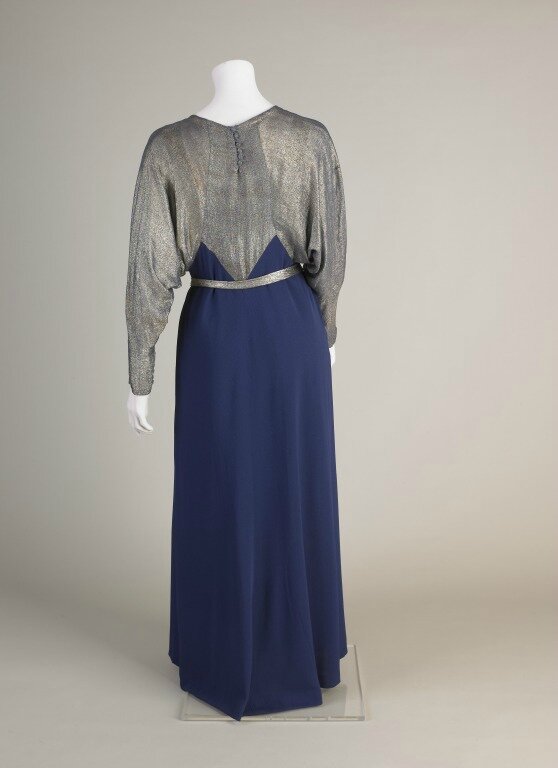
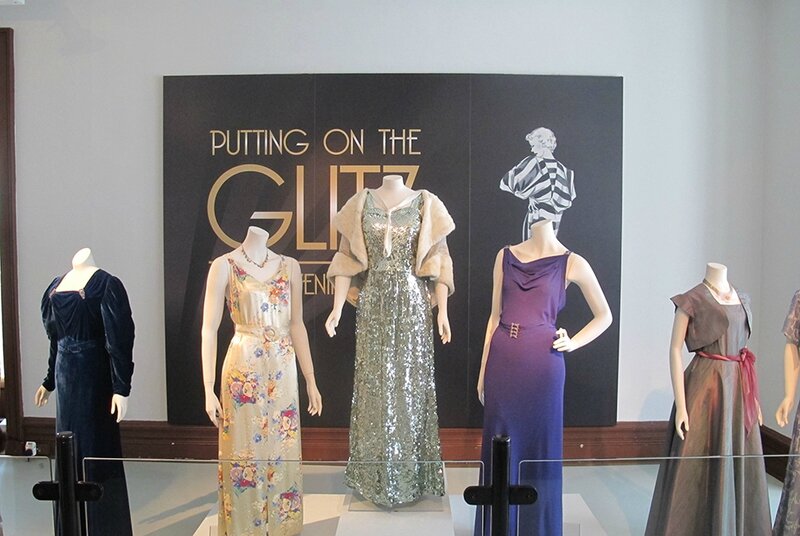


/http%3A%2F%2Fstorage.canalblog.com%2F58%2F75%2F119589%2F121052334_o.jpg)
/http%3A%2F%2Fstorage.canalblog.com%2F76%2F52%2F119589%2F120331118_o.jpg)
/http%3A%2F%2Fstorage.canalblog.com%2F08%2F33%2F119589%2F112601169_o.jpg)
/http%3A%2F%2Fstorage.canalblog.com%2F07%2F38%2F119589%2F112559086_o.jpg)